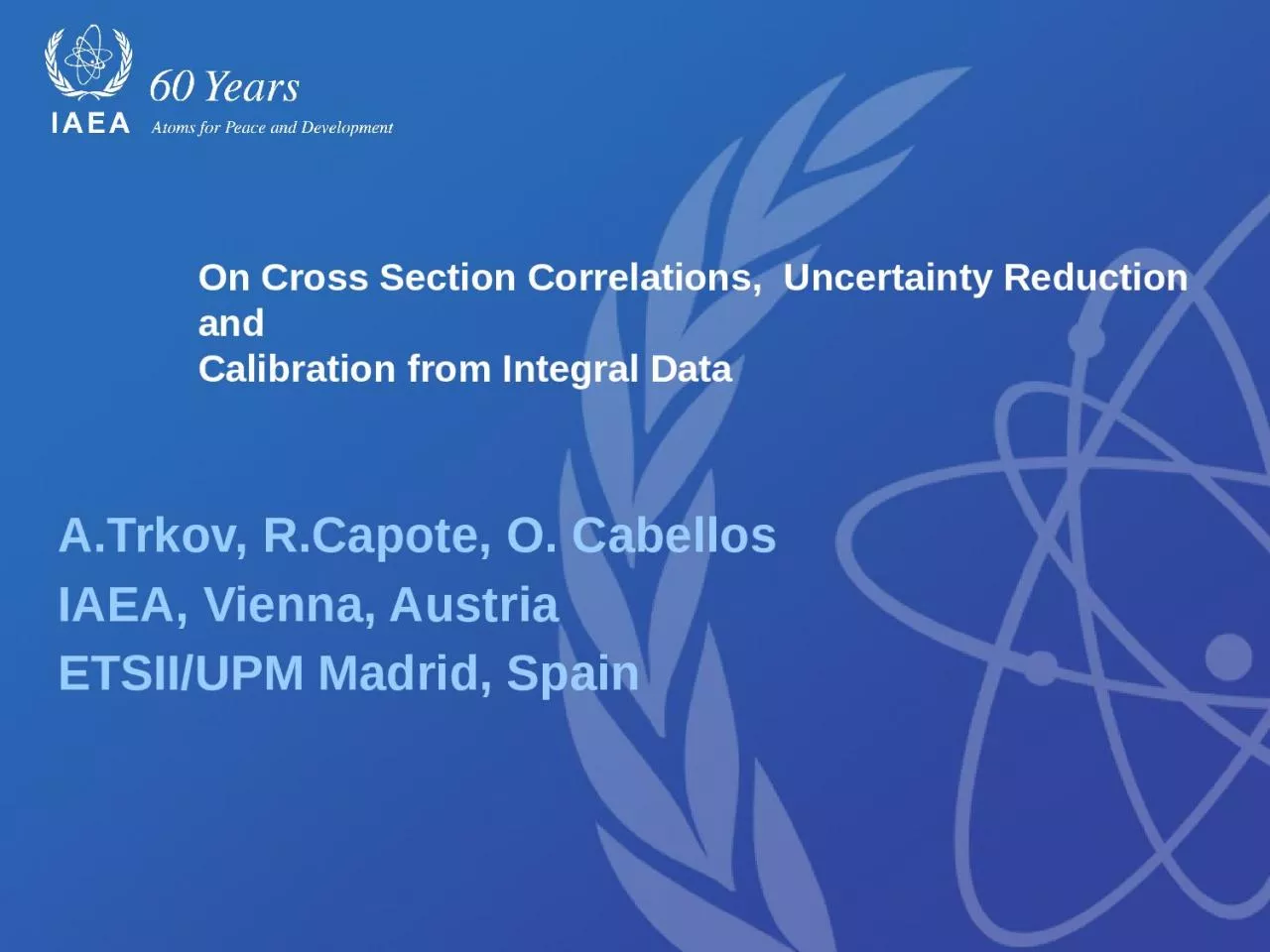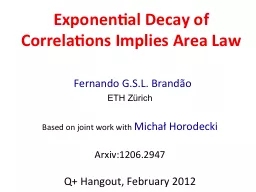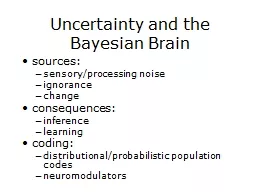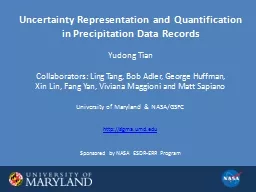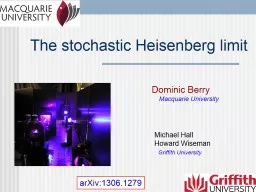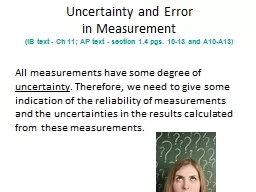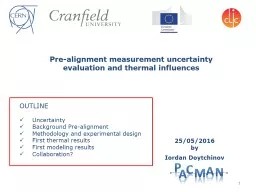PPT-On Cross Section Correlations, Uncertainty Reduction and
Author : SocialButterfly | Published Date : 2022-07-28
Calibration from Integral Data ATrkov RCapote O Cabellos IAEA Vienna Austria ETSIIUPM Madrid Spain Background Current IAEA CIELO covariances based on measured
Presentation Embed Code
Download Presentation
Download Presentation The PPT/PDF document "On Cross Section Correlations, Uncertai..." is the property of its rightful owner. Permission is granted to download and print the materials on this website for personal, non-commercial use only, and to display it on your personal computer provided you do not modify the materials and that you retain all copyright notices contained in the materials. By downloading content from our website, you accept the terms of this agreement.
On Cross Section Correlations, Uncertainty Reduction and: Transcript
Download Rules Of Document
"On Cross Section Correlations, Uncertainty Reduction and"The content belongs to its owner. You may download and print it for personal use, without modification, and keep all copyright notices. By downloading, you agree to these terms.
Related Documents

